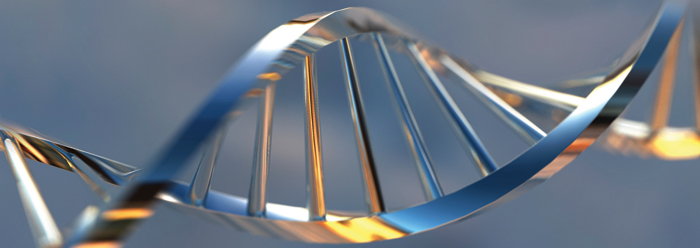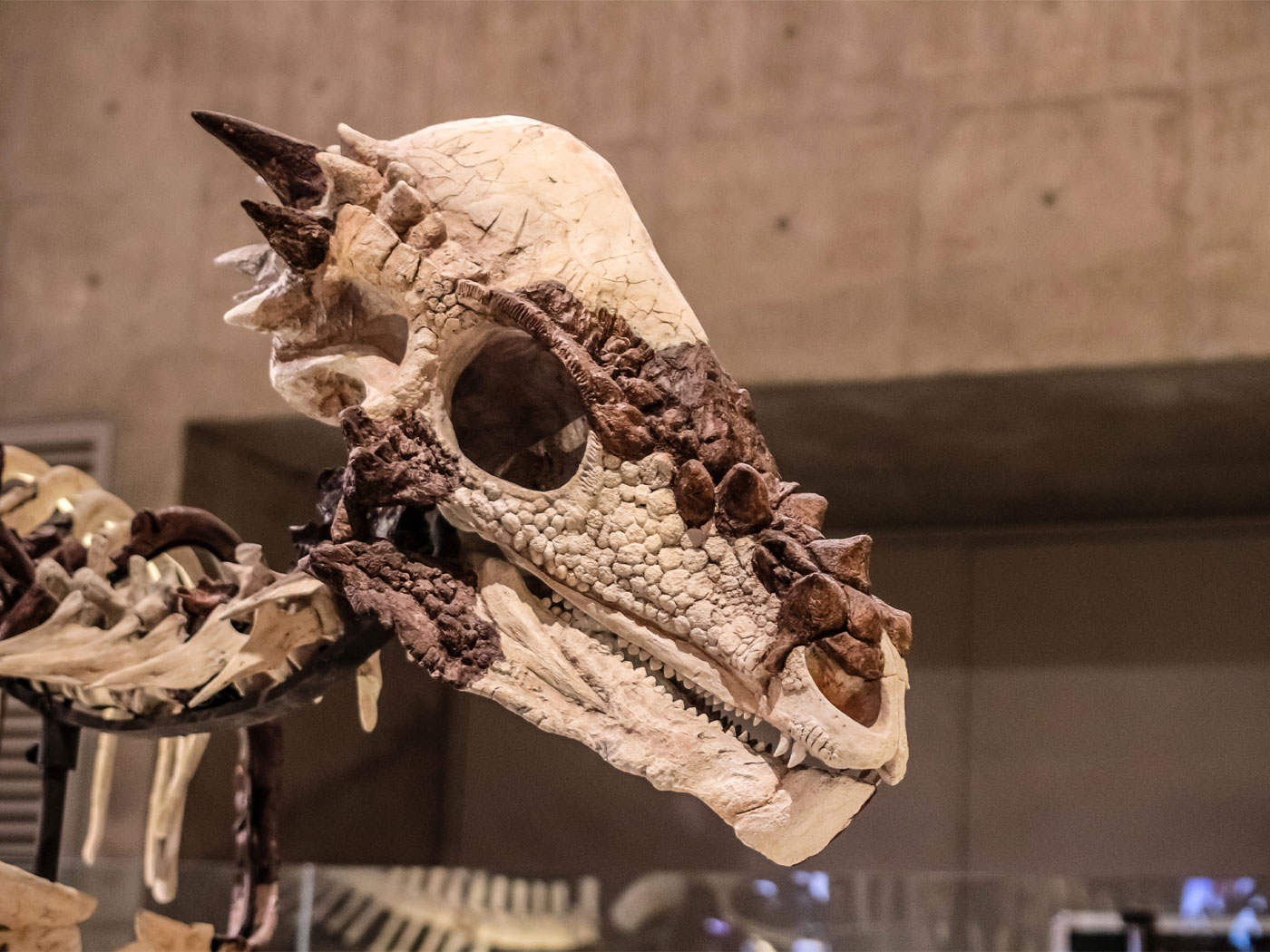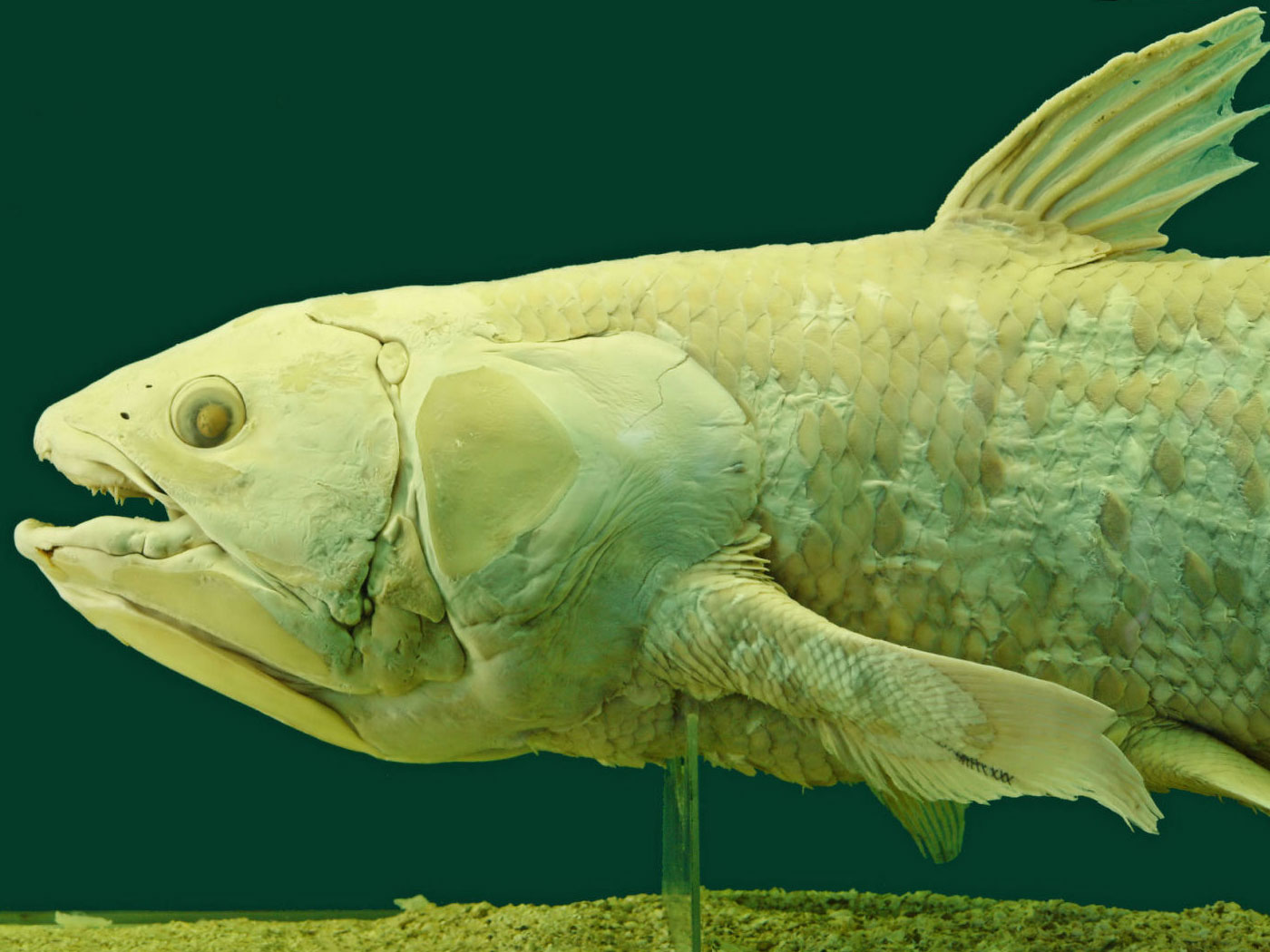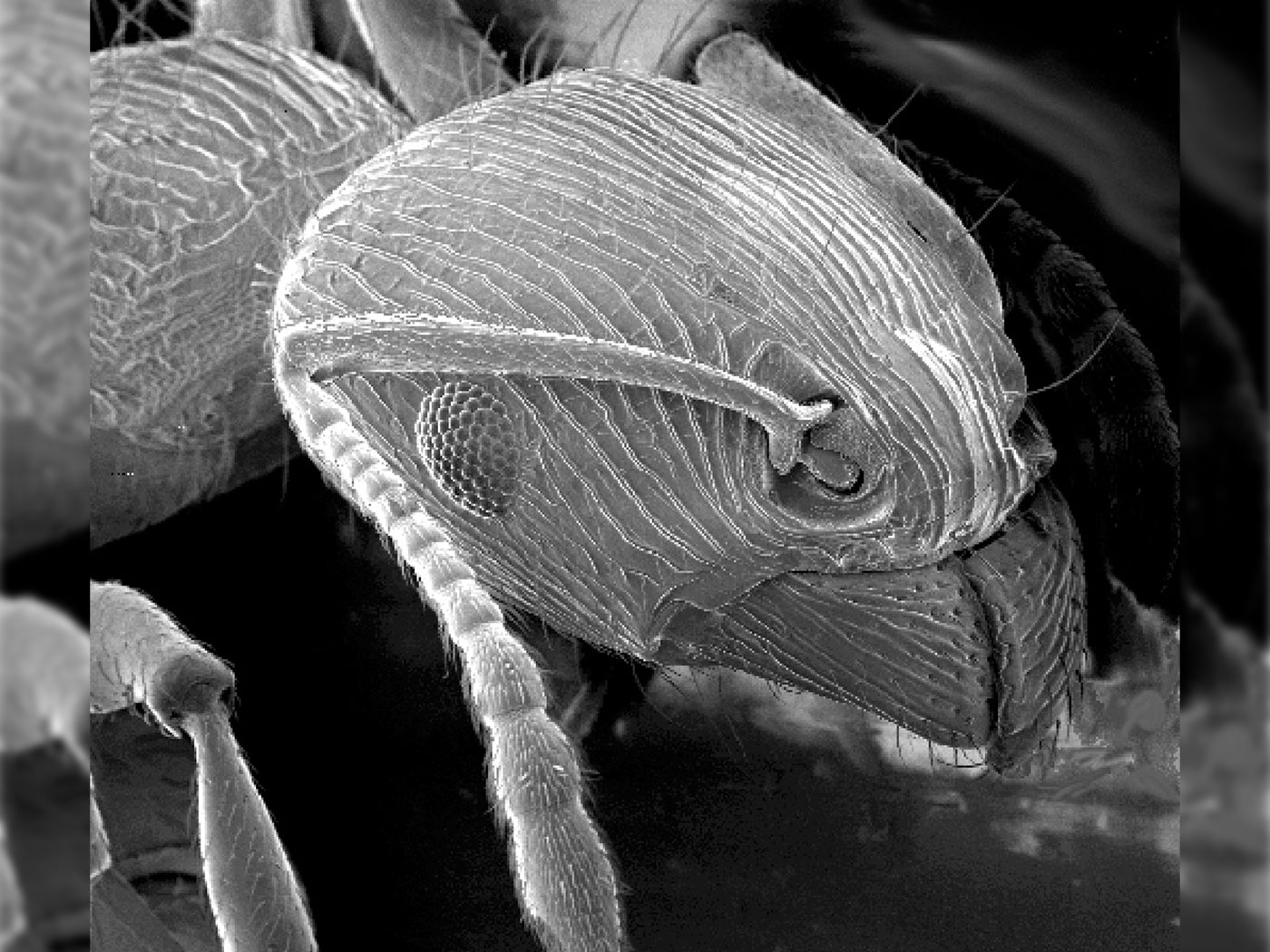A team of scientists that includes Dr. Daniel Criswell of ICR has recently completed a study of mitochondrial DNA and will be presenting its work at this summer's International Conference on Creationism. A mitochondrion is a cellular power plant that generates most of the chemical energy the cell needs to support its functions. Although most of a cell's DNA is contained in the nucleus, the mitochondrion has its own small DNA molecule and this DNA is passed down from mother to child. The study has revealed an unexpected lack of diversity within worldwide human mitochondrial lineages, despite high mutation rates, and this supports the idea that humanity is only a few thousand years old.
Mitochondrial DNA has been used to develop several models of human origins. The Recent African Origins hypothesis (RAO) is currently the most popular model for human evolution. Although the RAO model has a number of significant technical problems and makes some assumptions that conflict with a biblical perspective, it contains several interesting tenets: 1) there was a single dispersal of mankind with three main mitochondrial lineages interspersed within clans; 2) the dispersion was centered in the Middle East in the recent past; 3) the dispersion was essentially tribal in nature, with small groups pushing into previously uninhabited territory; and 4) genetic evidence indicates that male lineages are much more geographically specific than female lineages, with female migration rates up to eight times greater than males. This latter tenet is an expression of the Babel account in Genesis, where the initial, well-mixed population split up and migrated according to paternal lineage. The biblical model fits very well with data collected in these evolutionary studies.
The ICR team began an exploration of changes in mitochondrial DNA by collecting and culling publicly-available human DNA records to create a set of 827 high-quality sequences. From this, they constructed a consensus sequence called Eve 1.0. They continued their analysis by modeling human mitochondrial genetic history using Mendel's Accountant, a numerical program developed at ICR that can be used to mimic the accumulation of mutations in a population over time.
After analyzing the differences found among the sequences in their dataset, they discovered that more than 83 percent of the mitochondrial genome had not changed in all of human history, and in over 99 percent of the locations where a change has occurred, only a small minority of people carried that specific change. In other words, most changes that have occurred are minor and rare. On average, human mitochondrial DNA differs from the original Eve consensus sequence by only 21.6 nucleotides (a nucleotide is a "letter" in the DNA alphabet). This is a small number when one considers that there are more than 16,500 nucleotide letters in the human mitochondrial genome.
The authors claim, therefore, that the consensus sequence, Eve 1.0, is nearly identical to the original mitochondrial sequence--that of Eve, the first woman and the mother of every person who has ever lived. And because the mitochondrial genome is subject to high mutation rates, the lack of significant worldwide variation is evidence for a young mitochondrial genome. The complete paper, The "Eve" Mitochondrial Consensus Sequence, will be presented at the 6th International Conference on Creationism in Pittsburgh, PA, in August 2008.
* Dr. Vardiman is Director of Research.
Cite this article: Vardiman, L. 2008. Mitochondrial DNA and a Recent Human Origin. Acts & Facts. 37 (5): 6.














